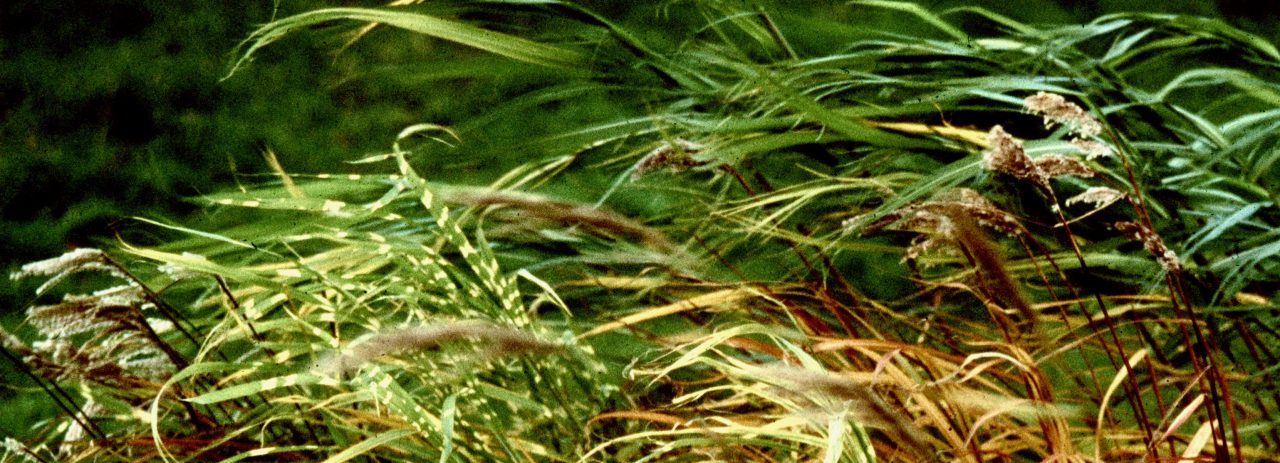
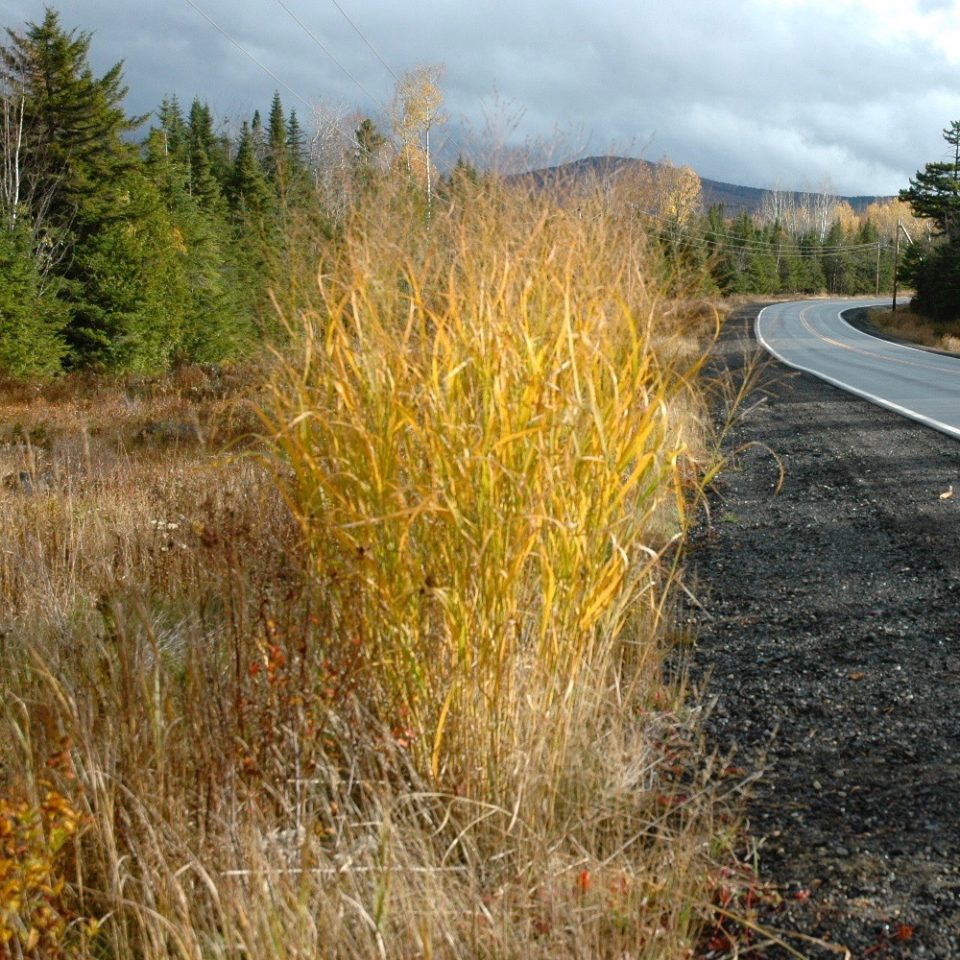
Panicum, North America
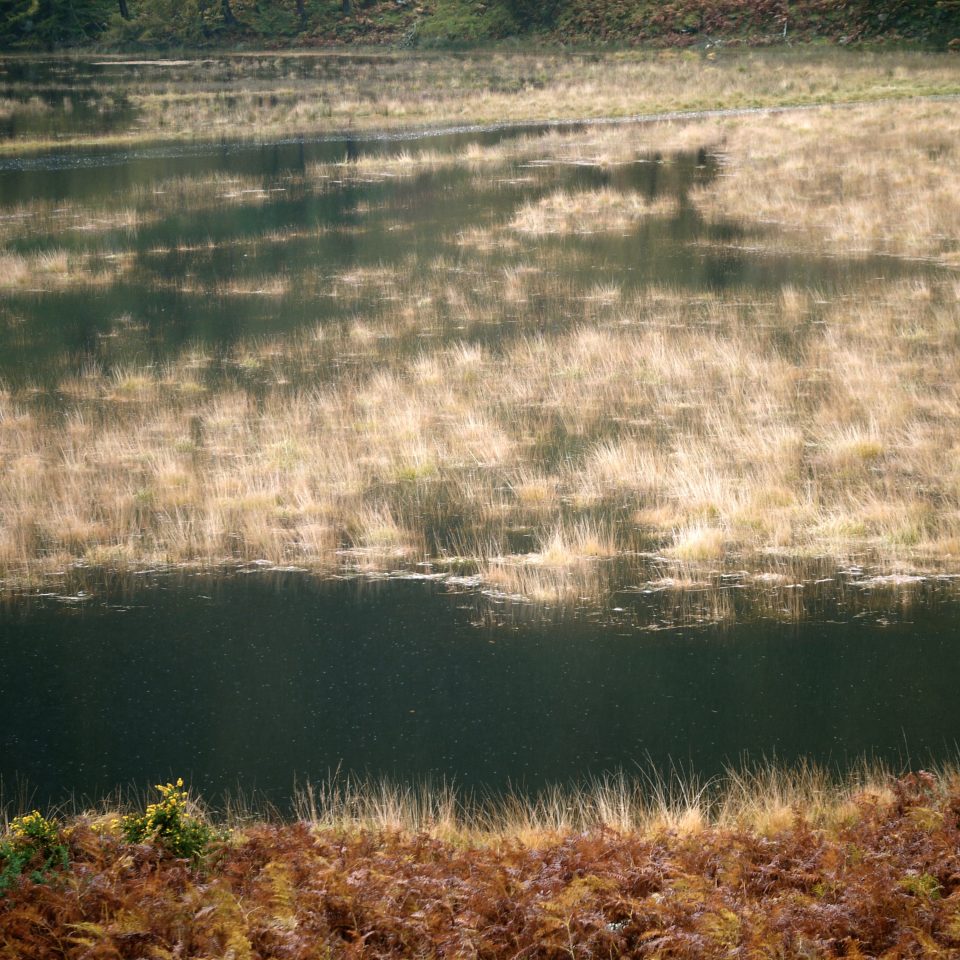
Molinia, County Wicklow
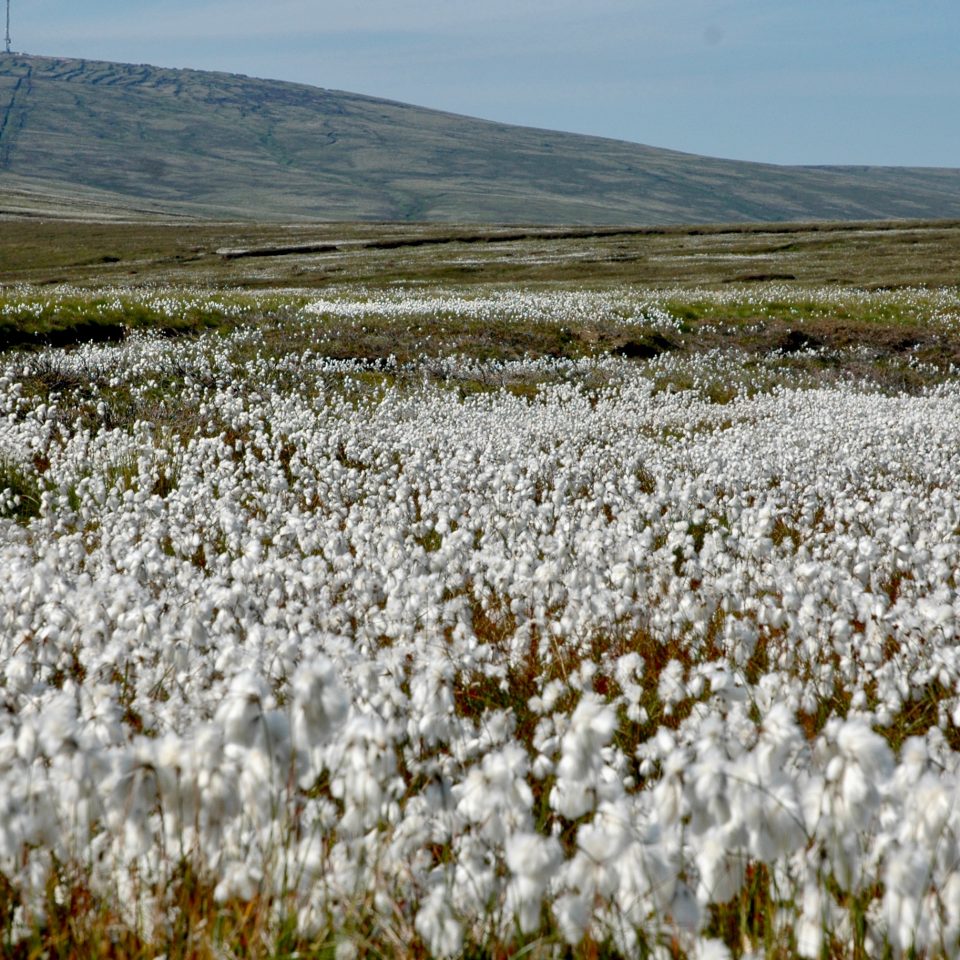
Eriophorum angustifolium, Dublin Mountains
Grasses inhabit nearly every ecological association on earth – high up on alpine tundras and low down in coastal areas; in deserts or wetland, the tropics or the Arctic. They have found an important place in gardens too.
Grasses are a very versatile group of plants to work with. We can find a grass to suit every situation in our gardens. Observing grasses and their accompanying plants in their natural habit can give us valuable inspiration and information on their requirements, their preferred neighbours and how we can use them successfully.
Over the past sixty years especially, gardeners have collected grasses from all over the world, and sometimes even from their doorsteps. These have been observed, trialled, and selected according to their various qualities.
Most grasses are deciduous, dying back in winter, leaving a clump of crystallised stems, or a basal patch of leaves. New shoots reappear again in spring, presenting fresh green foliage often with a silvery sheen while new, with soft movement, before flowering stems shoot up and flowers open, the foliage changing to blazing autumn colours from midsummer on.
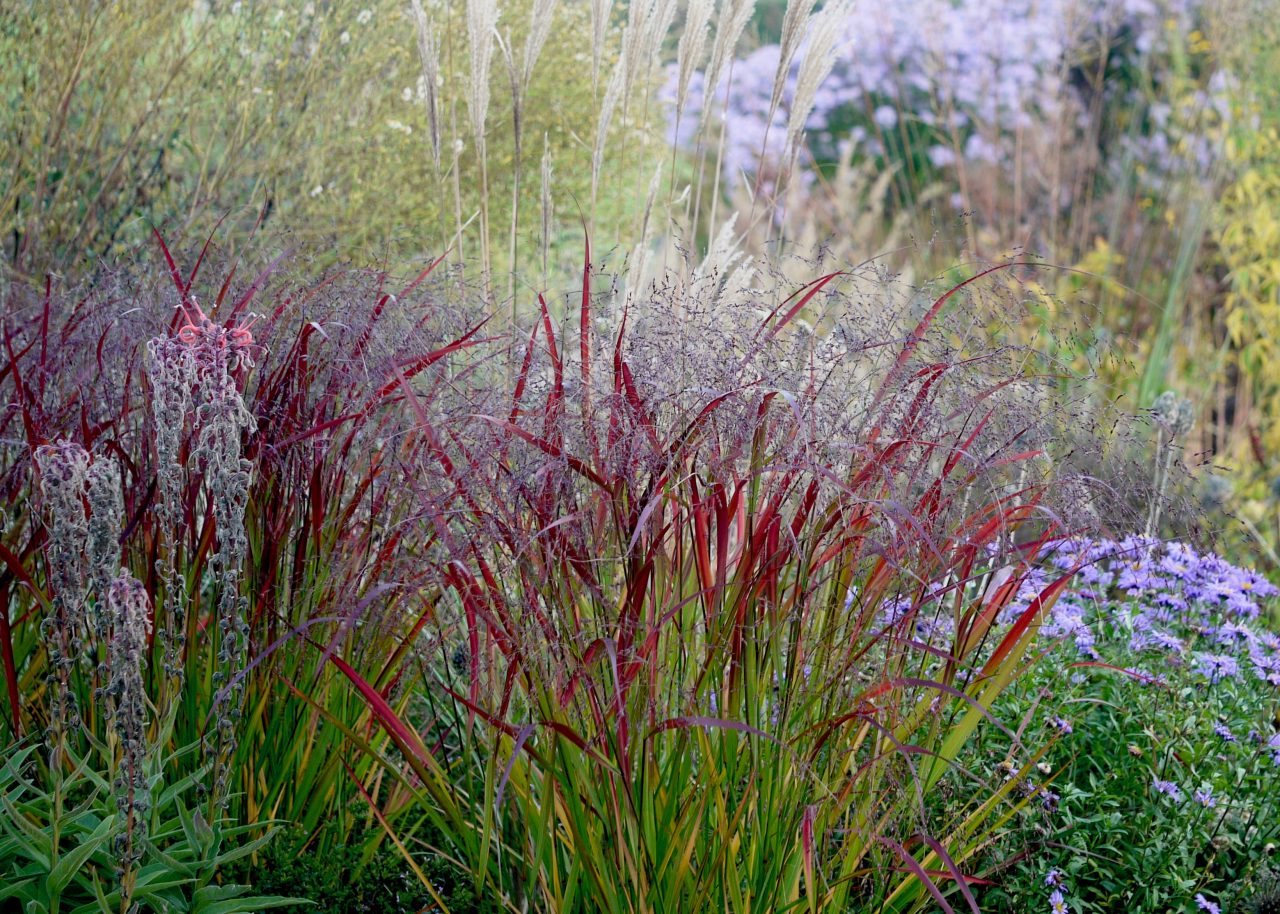
Panicum Squaw
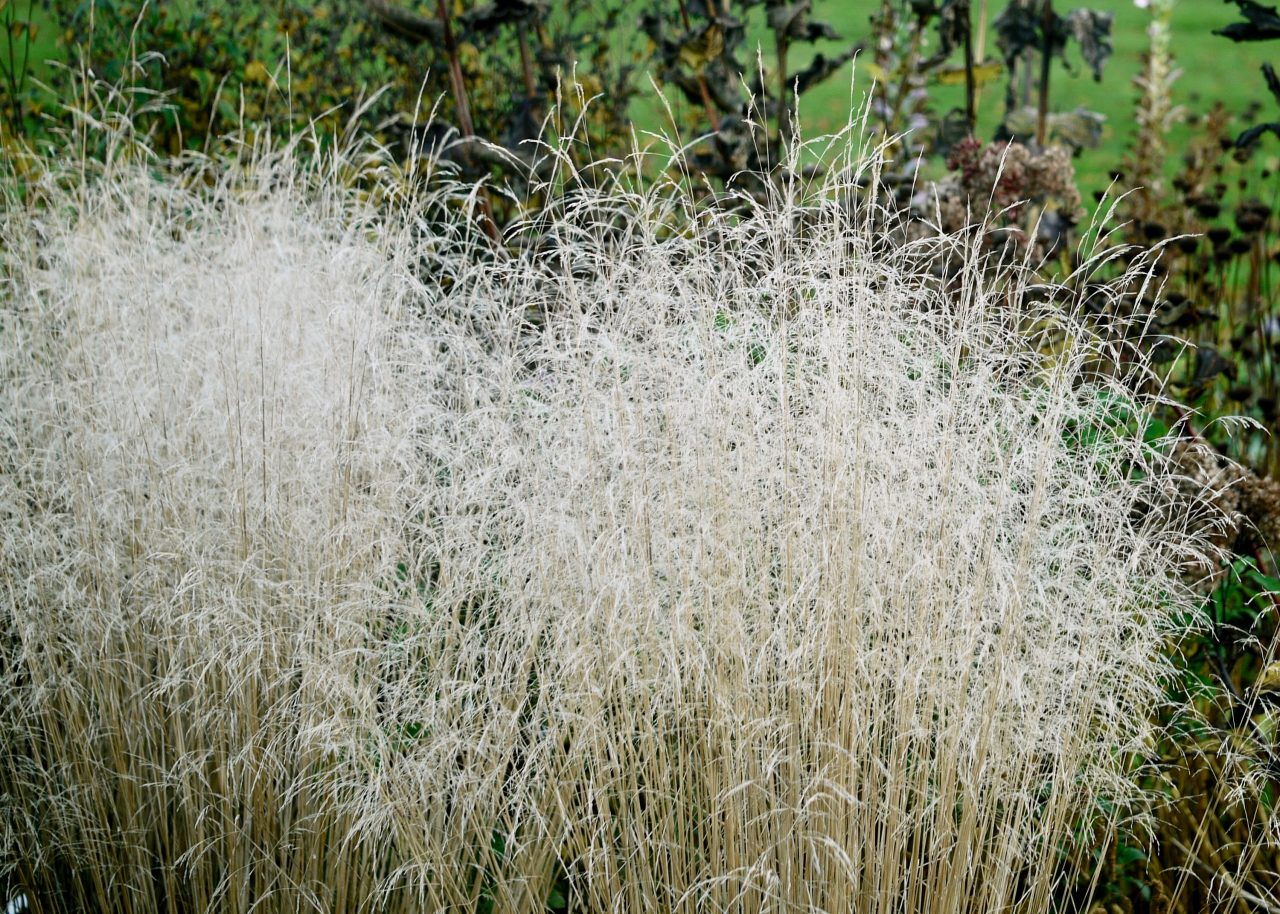
Deschampsia cespitosa
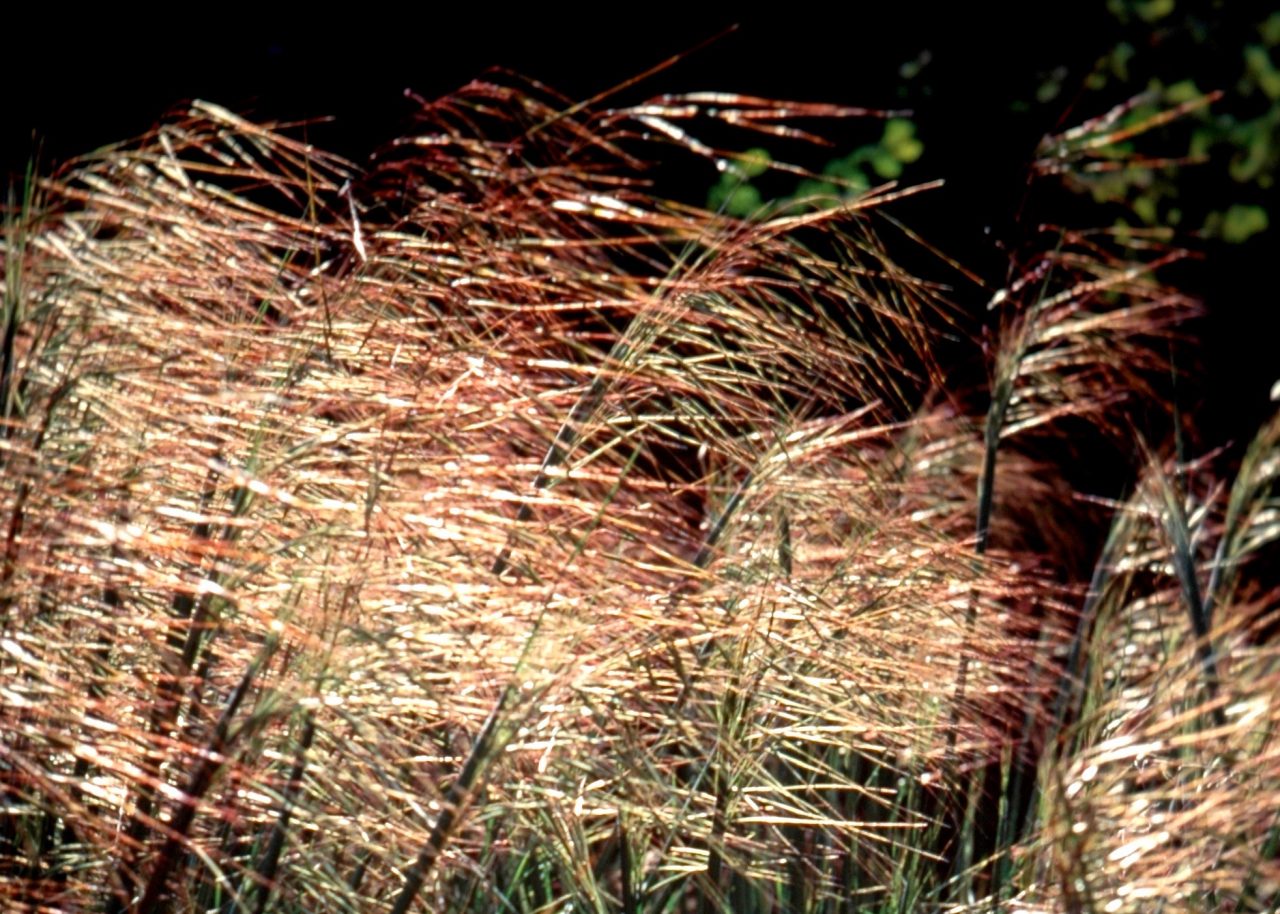
Stipa gigantea
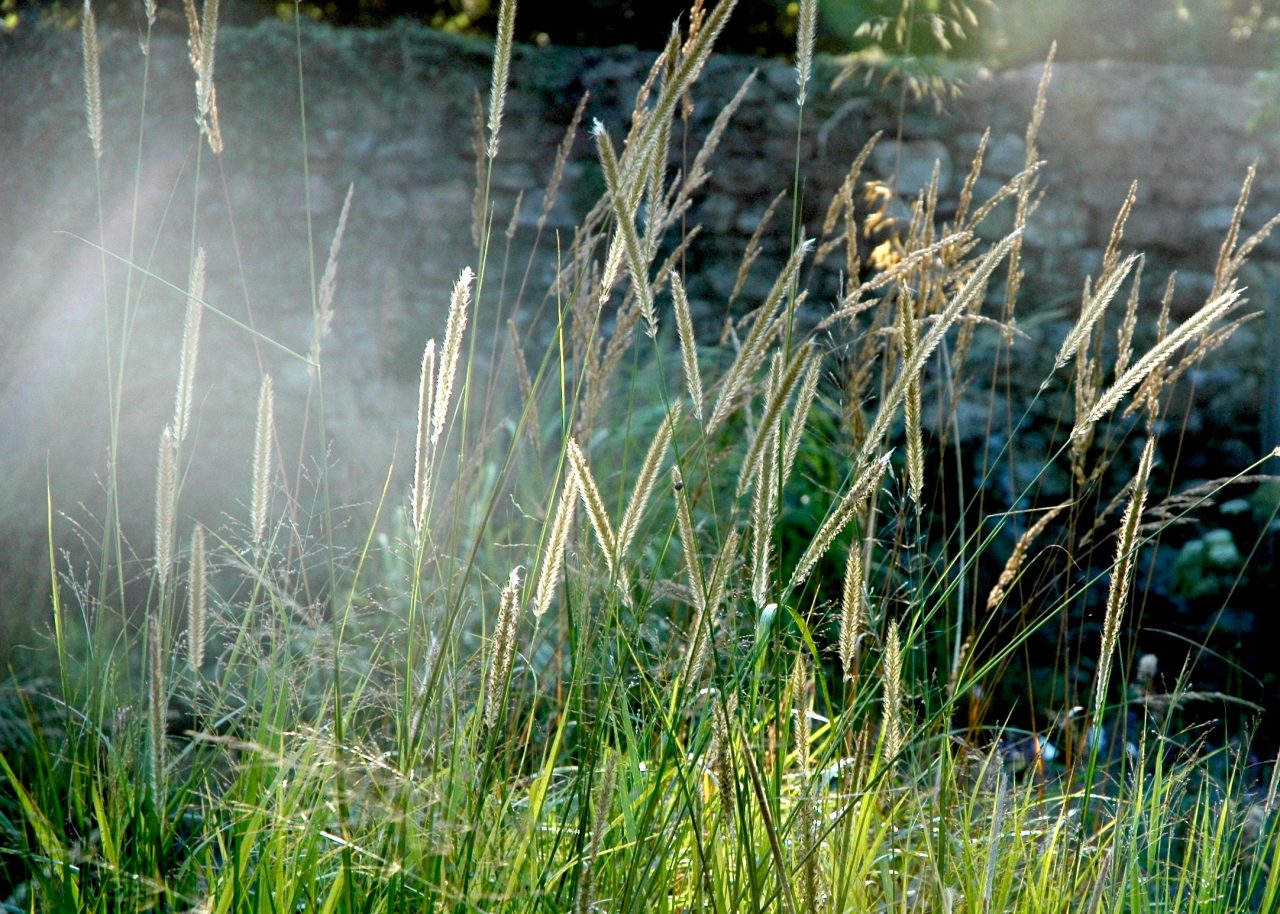
Pennisetum macrourum
Scarlet, crimson, burgundy, bright yellow and orange colours are possible and later on trough the winter their bleached silver, yellow or bronze straws give structure as well as colour, sound and movement.
The beauty of grasses is greatly enhanced by their flowers, which have a quality of translucency – they pick up the sunlight and reflect it in goldsand silvers, such as the popular Stipa gigantea and Pennisetum macrourum.
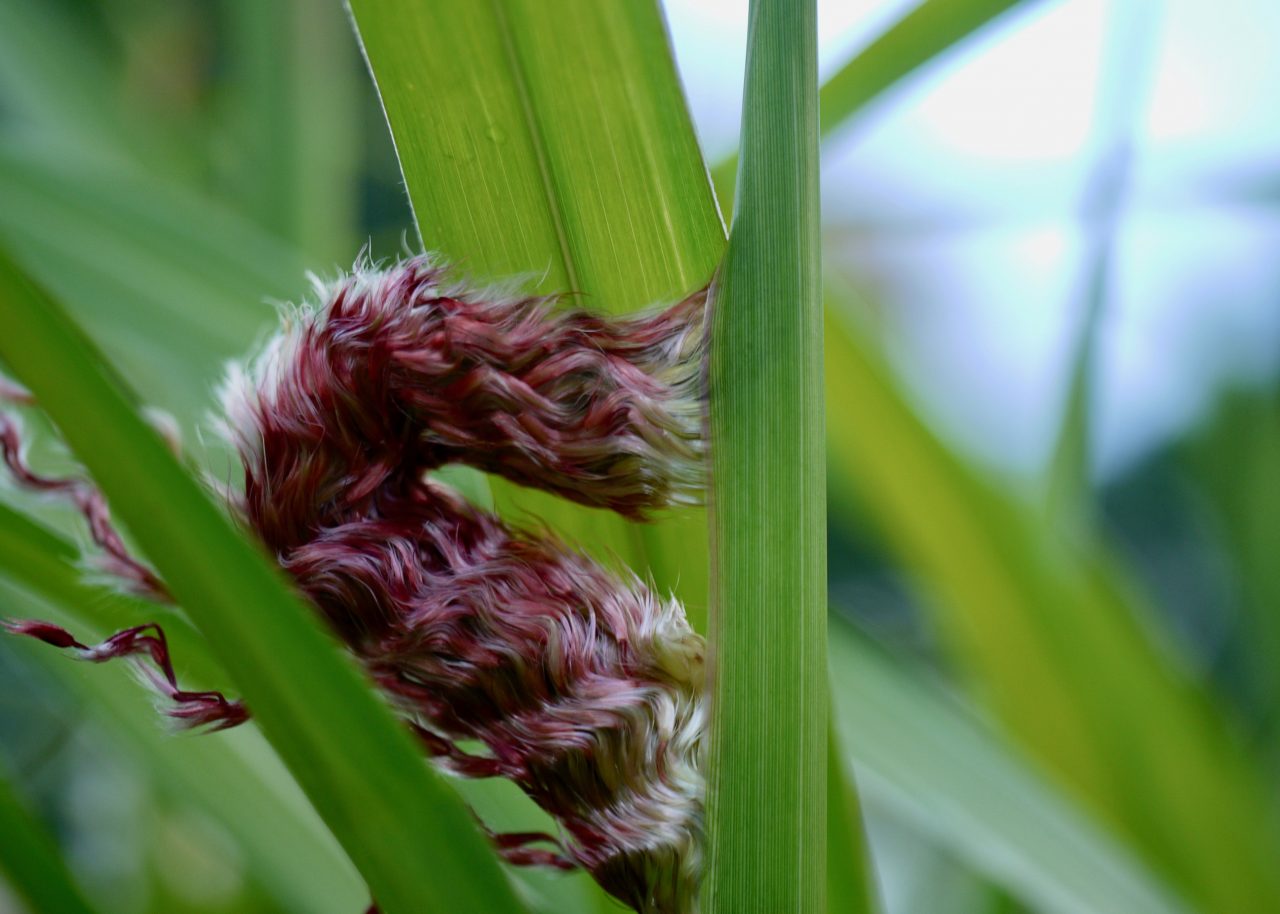
Miscanthus unfolding their inflorescence
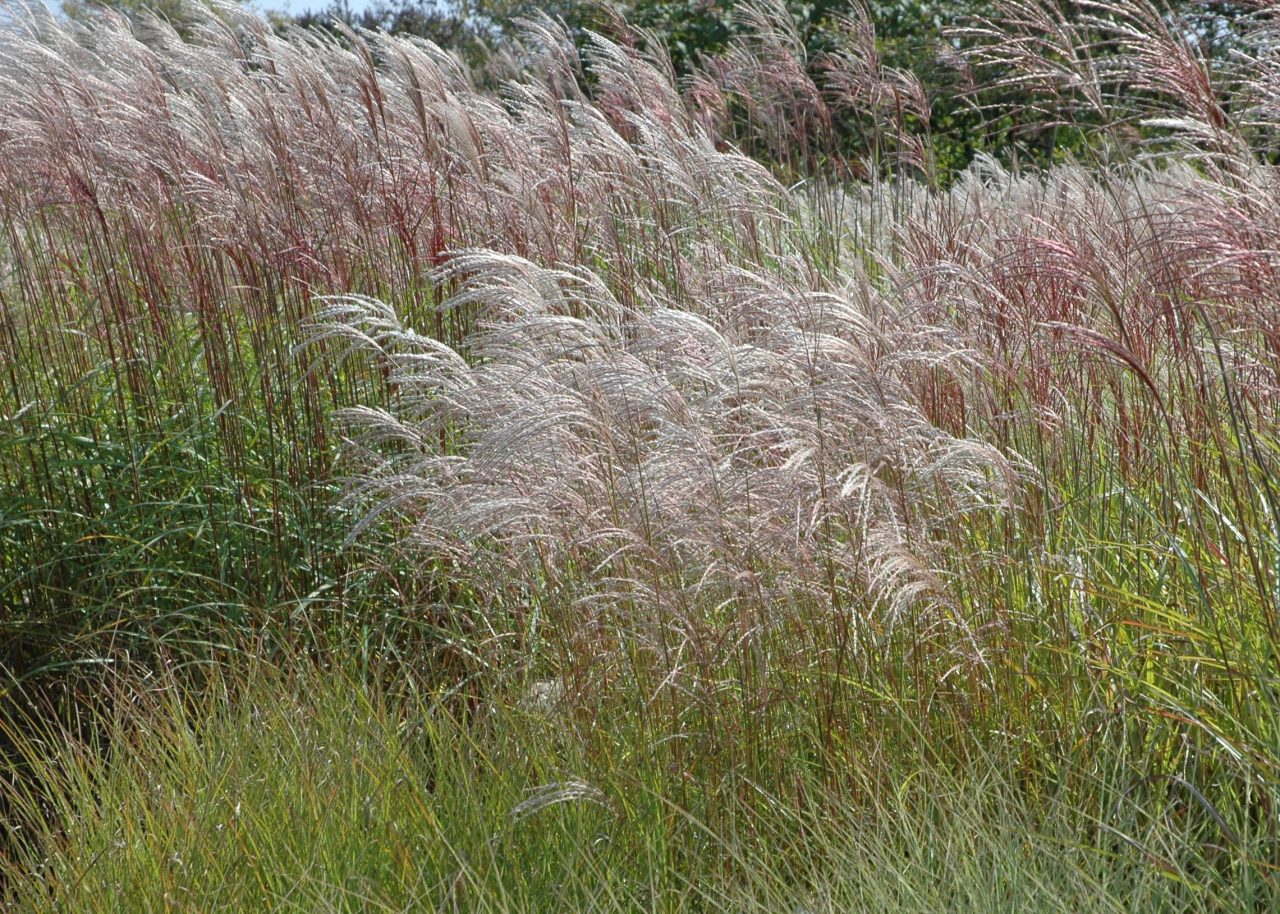
Miscanthus in varieties
The decorative qualities of the heads change as the flowering stems go through their stages of development. The first stage is when they initially shoot out. Next, the flowers themselves open and these can give a brief colour effect of the stamens. Then the seed-heads form, and this phase can be long-lasting. Eventually the seed is shed and seed-heads appear less burdened.
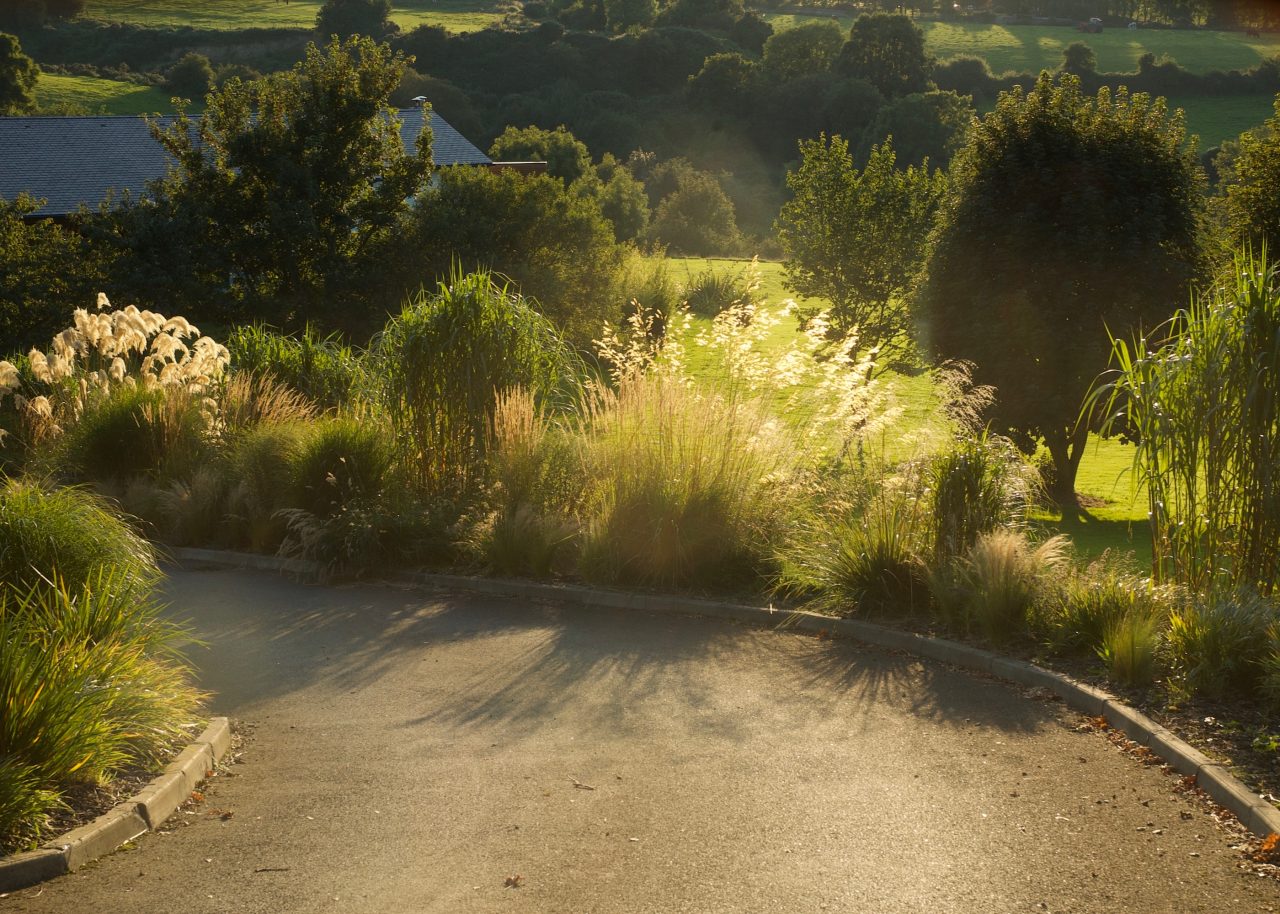
grass planting, driveway
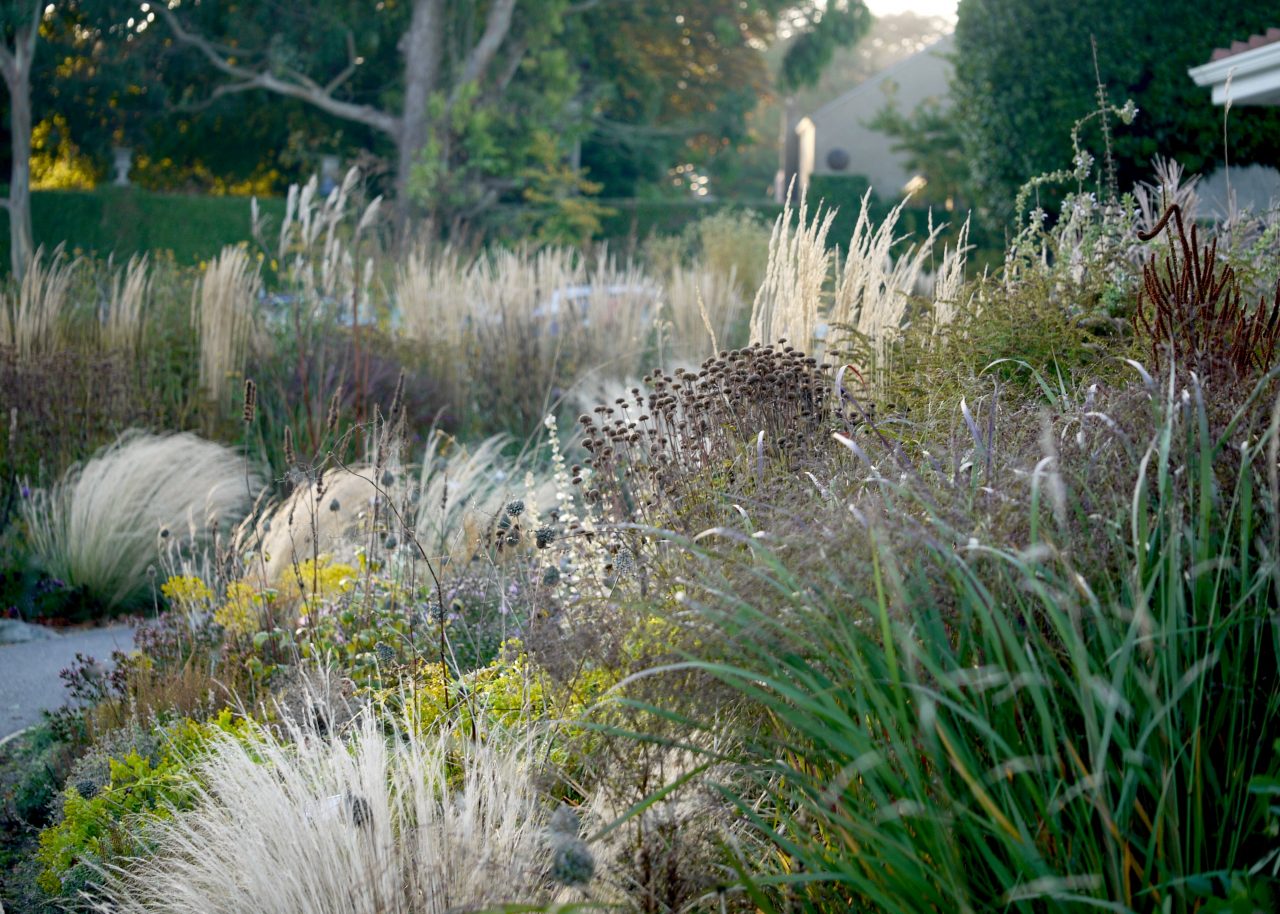
grass planting with perennials in late autumn
Grasses are becoming an indispensable component in garden design. They are the skeleton of the perennial beds we design – they provide structure and stability, formality and informality throughout the whole year. Their linear foliage, arranged in parallel lines, either slender or broad, stand beautifully in contrast to their neighbouring perennials.
When we design ‘grass gardens’, they consist of a complex blend with perennials, grasses and shrubs, where the grass part may only be twenty per cent, and the rest consists of other perennials to complement the grasses or fill spaces in the times when the grasses are not so dominant. This kind of planting forms a society with its neighbours and equally suppresses the growth of weeds. It develops and matures quickly, reduces maintenance and looks attractive twelve month of the year, moving from one climax to the next, when plants are well chosen.

Calamagrostis K. Foerster, office building Dublin
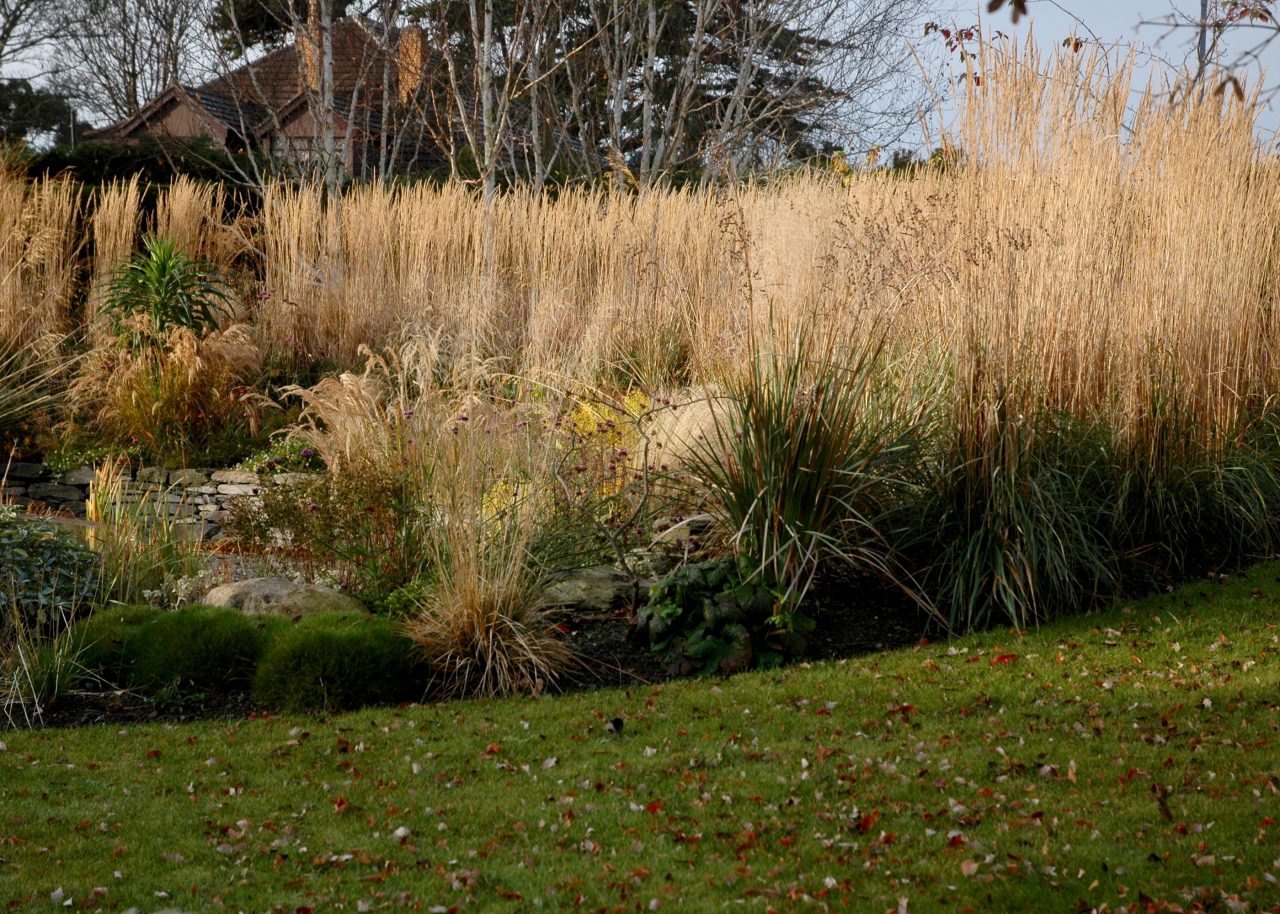
Calamagrostis K. Foerster, private garden Dublin
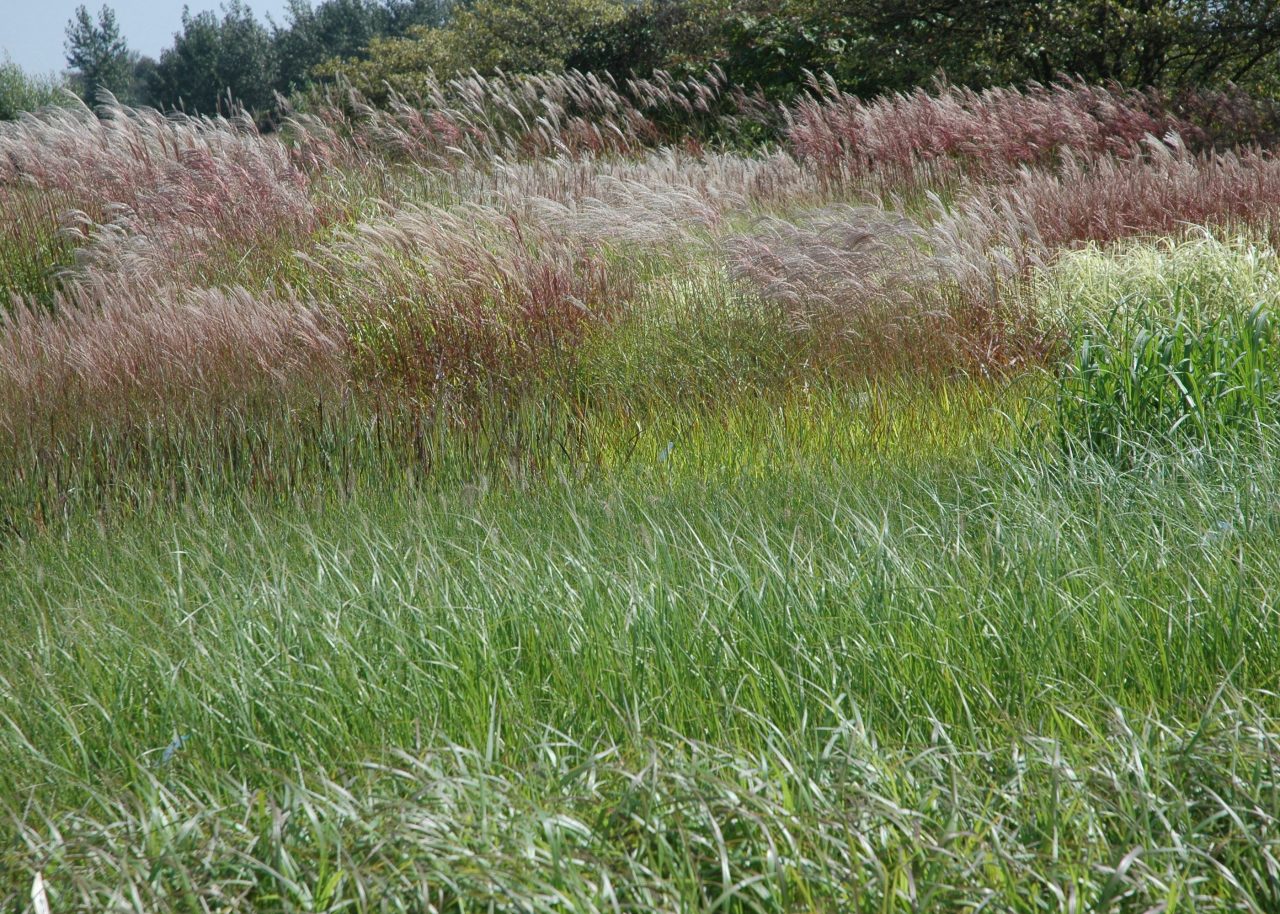
drifts of Miscanthus
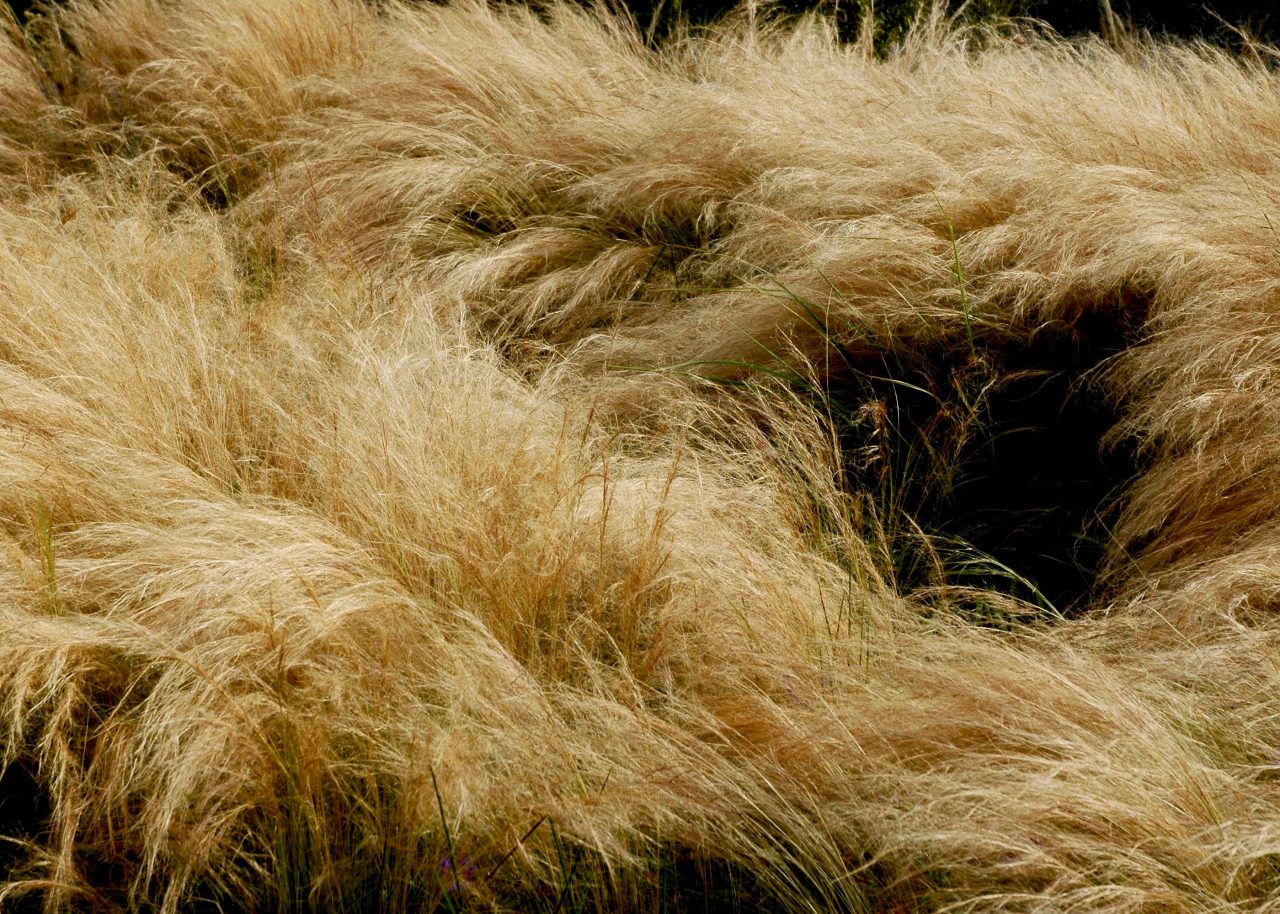
drifts of Stipa tenuissima
Grasses have gained great popularity in contemporary garden design because of their structural and textural qualities as well as colour. They are being planted in large numbers or in drifts around modern buildings of steel, glass and concrete. They soften the sharpness, stiffness and hardness of these building materials, enhance the modernity of these structures.
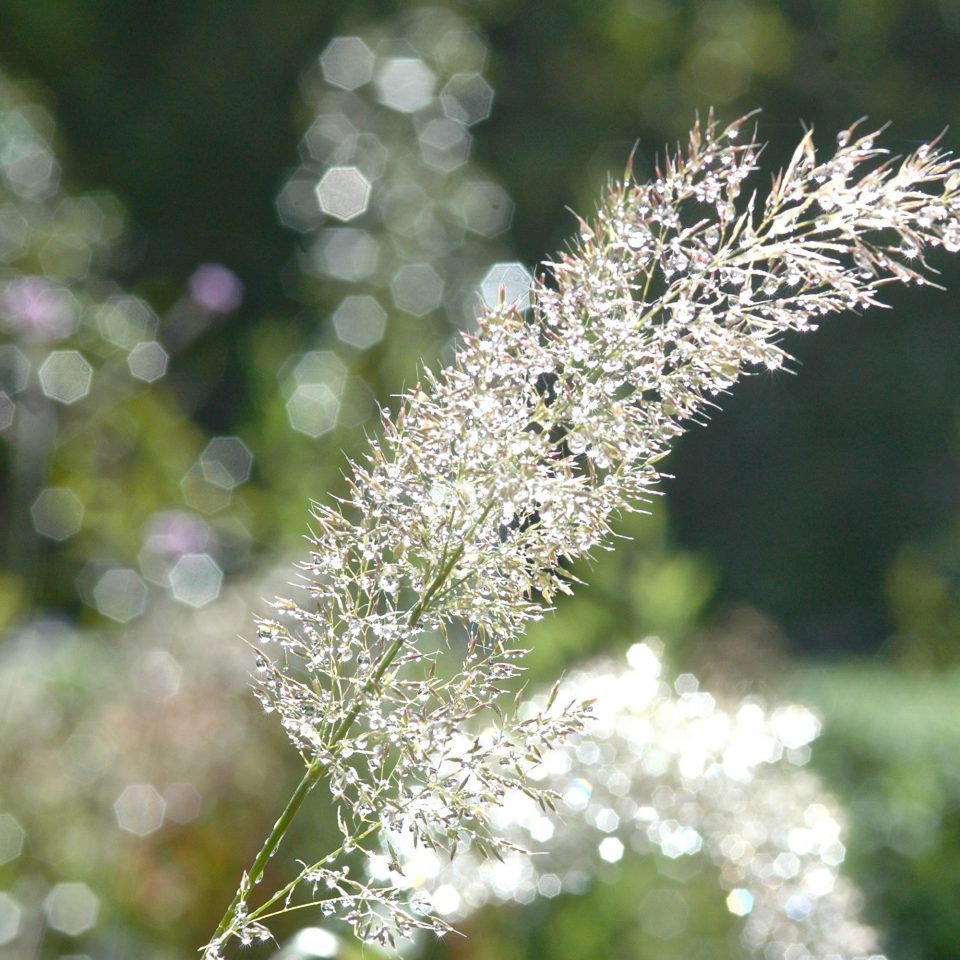
Calamagrostis brachytricha
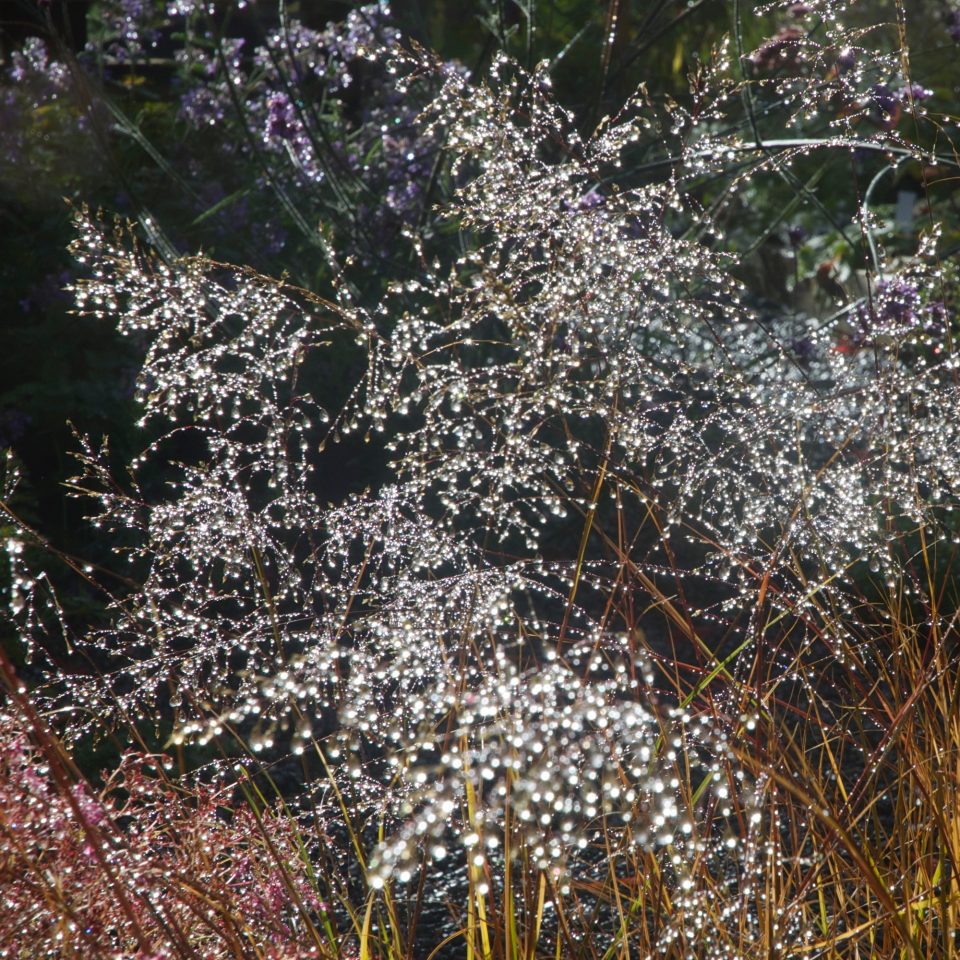
Sporobulus heterolepis

texture in winter
Grasses are generally very easy to maintain, once planted in the right conditions. Most like well-drained soil, a few like damp ground. They do not need much feeding, or any feeding at all. They need no staking. Snails, slugs and other pests do not usually cause problems, and they are relatively disease free. Do not cut them back before March – not only are they of great structure and ornamental value through the winter period, especially when frosted, but they provide useful food and shelter for garden birds and insects.
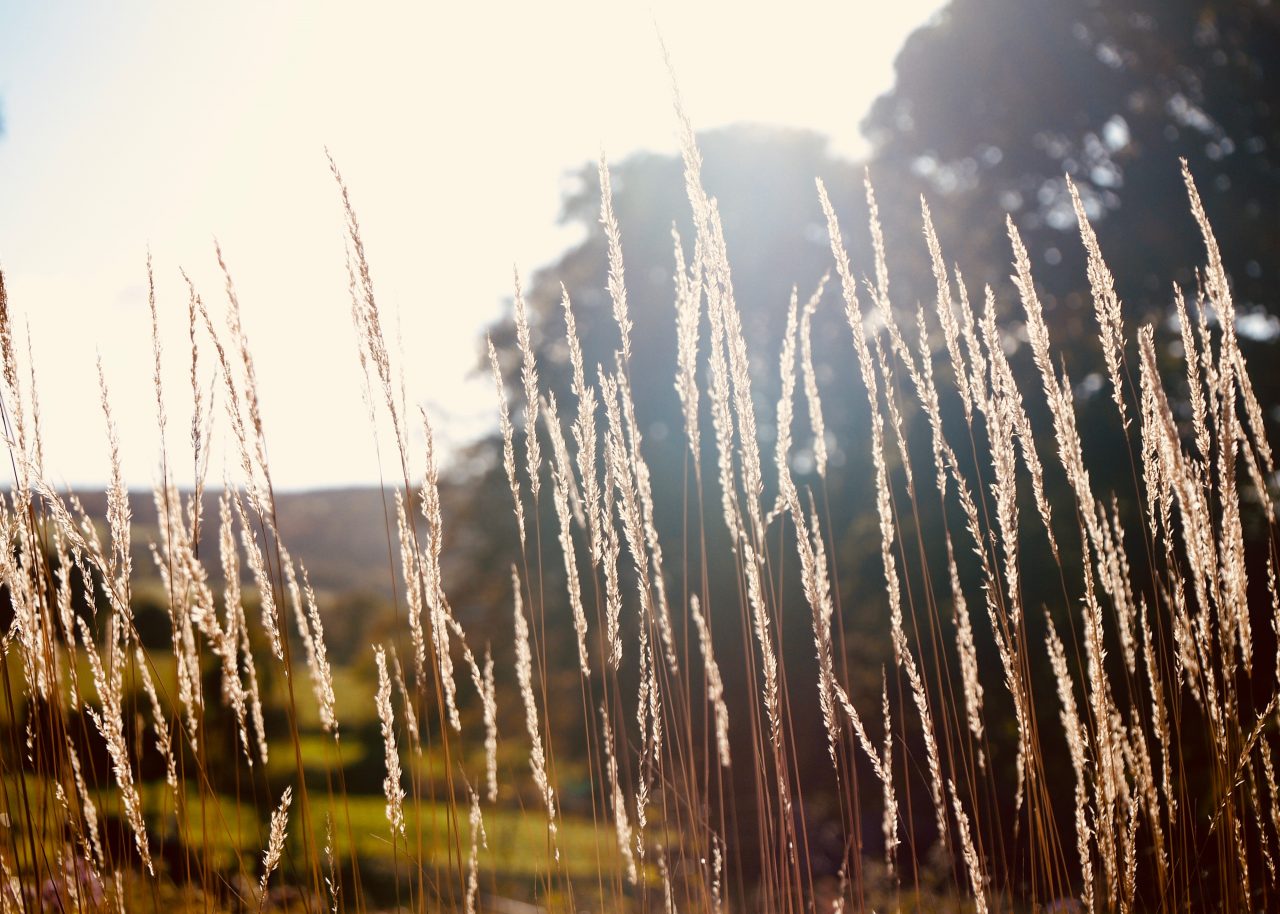
Calamagrostis Waldenbuch in late winter
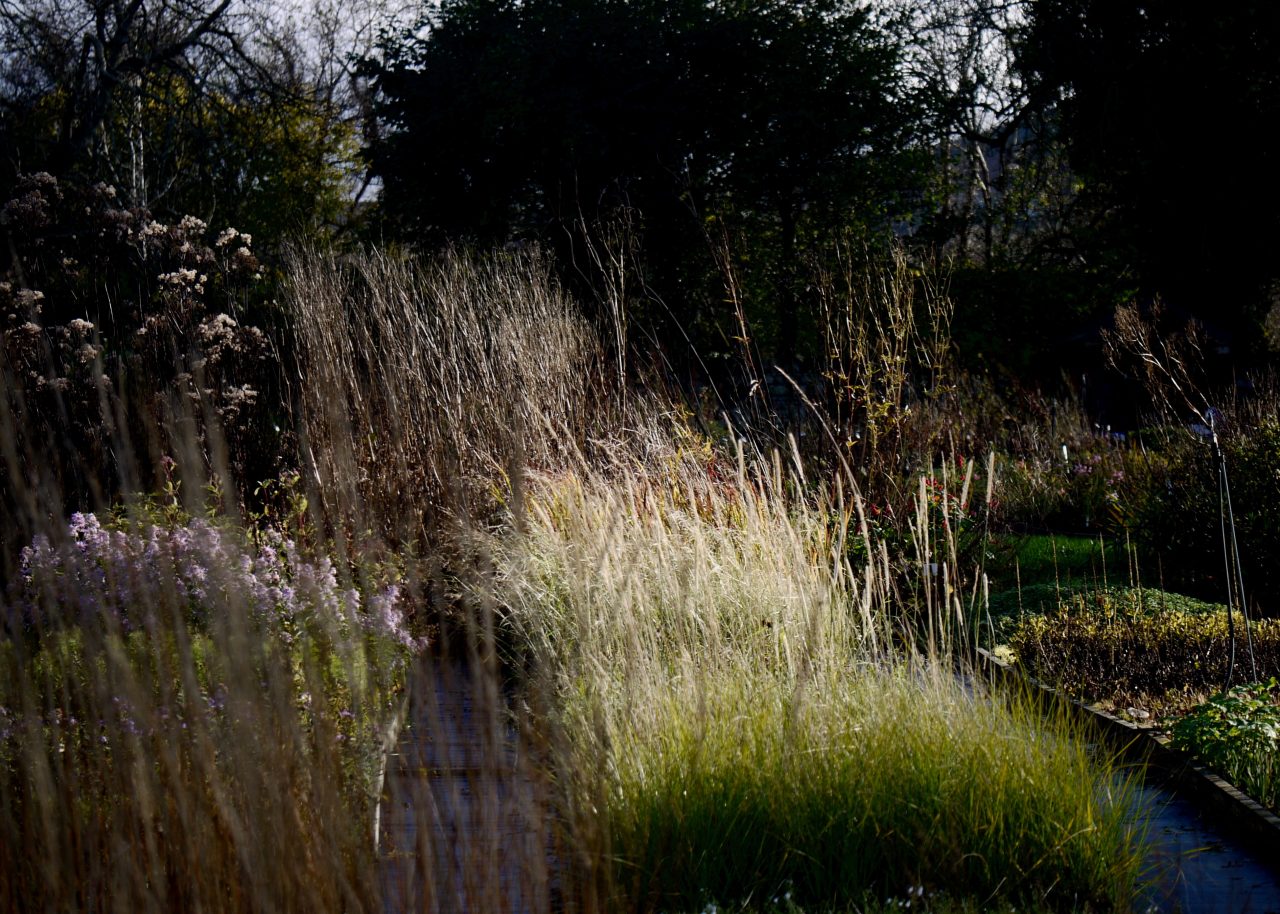
grass beds in the Nursery
